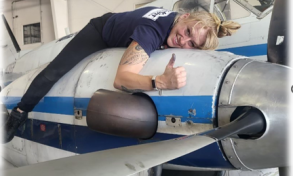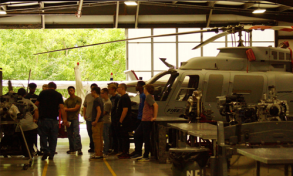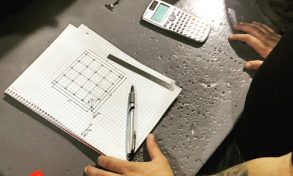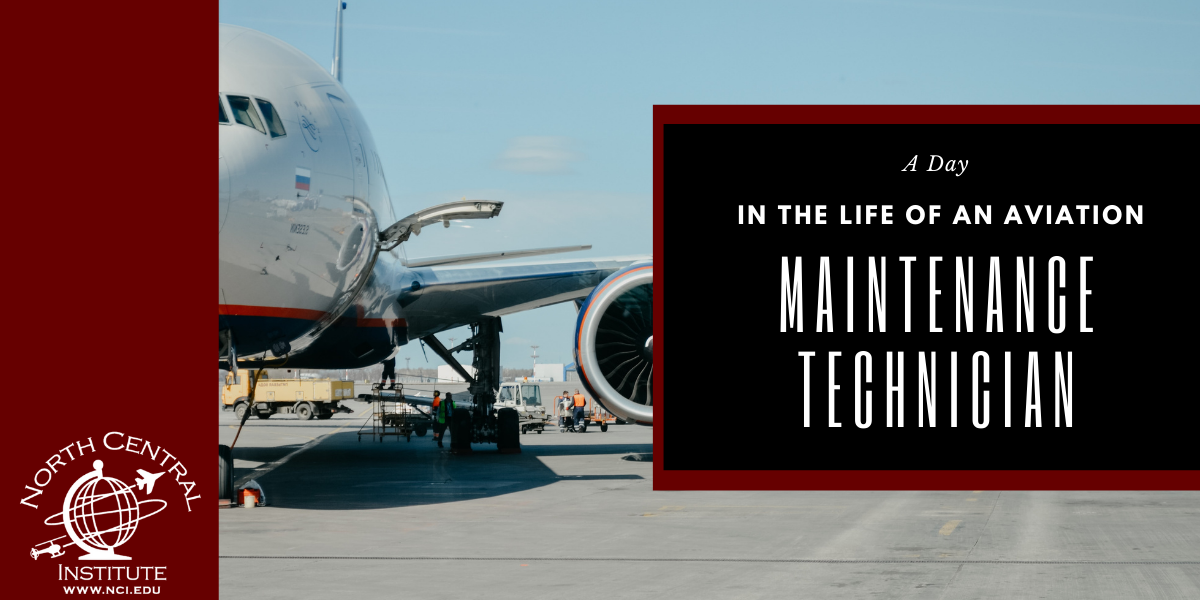Although it’s easy to think about what a day in the life of a pilot or a cabin crew member might be like, most of us don’t know what life is like as an aviation maintenance technician. When we travel, we see pilots striding through the airport with their suitcases. When we board the plane, we are greeted by one of the cabin crew. They talk us through safety procedures and bring us refreshments. They are a vital part of your travel experience. But there’s another vital part of your travel experience that you don’t get to see: the work of aviation maintenance technicians. Without them, there would be no planes to pilot and no snacks to serve. So, what is a day like in the life of an aviation maintenance technician?
Daily Duties
Like most jobs, there are duties that every aviation maintenance technician needs to perform every day. If an aviation maintenance technician has not already been assigned an aircraft, that is the first thing that happens when they get to work. Depending on what airport they work at, there could be a vast array of different planes to work on. If the aircraft was already being worked on, crews will update incoming workers on what’s being done. Once assigned to an aircraft, technicians have a list of items they need to inspect. This list ranges from a check of the aircraft systems in the cockpit to checking the tires and brakes. They may even have to change a burned-out lightbulb. Everything they do, is to make sure the aircraft is airworthy. Most things that need to be fixed during a regular day are just routine maintenance items.
Any problems found by the flight crew are logged for the maintenance technicians. Additionally, any work that the technicians do is also logged. There’s actually more paperwork involved than you might think!
Monthly Requirements
While the daily duties tend to be smaller, more manageable tasks, there are also more demanding duties that need to take place each month as well. Depending on regulations, there are different routine and special inspections that aviation maintenance technicians need to perform. Because these types of inspections take longer, they are not apart of the regular daily duties. These can include examining the aircraft components, such as landing gear, hydraulic systems, and deicers to locate cracks, leaks, breaks, or other problems. In fact, they even disassemble engines and inspect parts such as the turbine blades for corrosion or damage. There’s even special equipment to test the operation of the engines and other systems.
If any problems are found, aviation maintenance technicians may need to modify or completely overhaul parts of the aircraft structure, systems, or other components. Depending on the work being done, they will need to follow drawings, schematics, charts, engineering orders, or even technical publications. There are also special tools that may be used to measure the wear and tear on parts.
Just like with daily duties, every inspection and repair made to an aircraft needs to be written about in the repair logs.
Work Environment
Although the other jobs you think of in the aviation industry are all indoors, the majority of an aviation maintenance technician’s job is done outside. Depending on where you live, this will mean you are subjected to a variety of weather conditions, ranging from extreme heat to extreme cold. When work is not being done outside, then it is often being done in a hangar, which is not environmentally controlled. Whether you are working indoors or outside, will also affect your lighting conditions and the level of noise you are subjected to.
Most flights are during the day when it is most convenient for people to travel. However, this means that a lot of an aviation maintenance technician’s work can take place at night, outside of the regular operating hours for airlines. There will, of course, always work that needs to be done during the day as well. Life as an aviation maintenance technician can be pretty around the clock.
No matter where you work or what time you work, there will be safety equipment that you have to wear in addition to any uniform you may have. This can include:
- Safety shoes
- Safety glasses
- Gloves
- Hearing protection
- Hard hats
- Reflective vests
A Day in Your Life Although the work of an AMT can be hard and demanding, it can also be satisfying. Working with your hands, and ensuring the safety of others is highly rewarding. Without aviation maintenance technicians, no other careers could exist in the aviation field. They are truly the backbone of the industry. So if you’re looking for a highly rewarding job where you get to work with your hands, maybe being an aviation maintenance technician is your calling! Contact NCI today to learn more!










